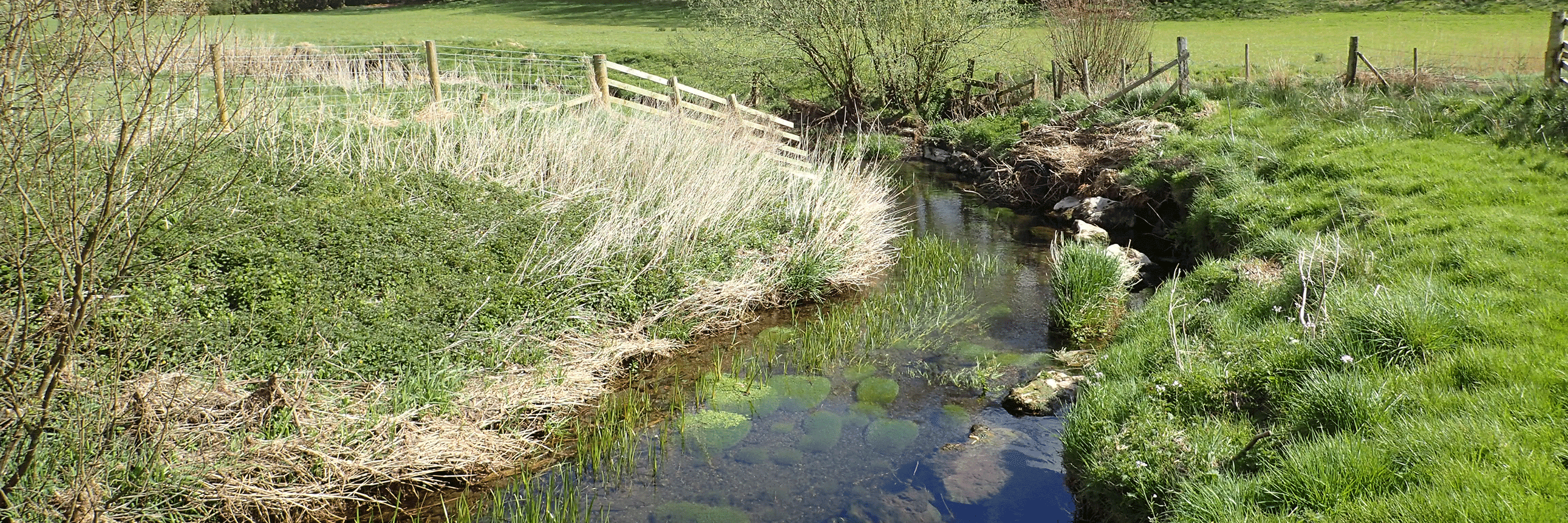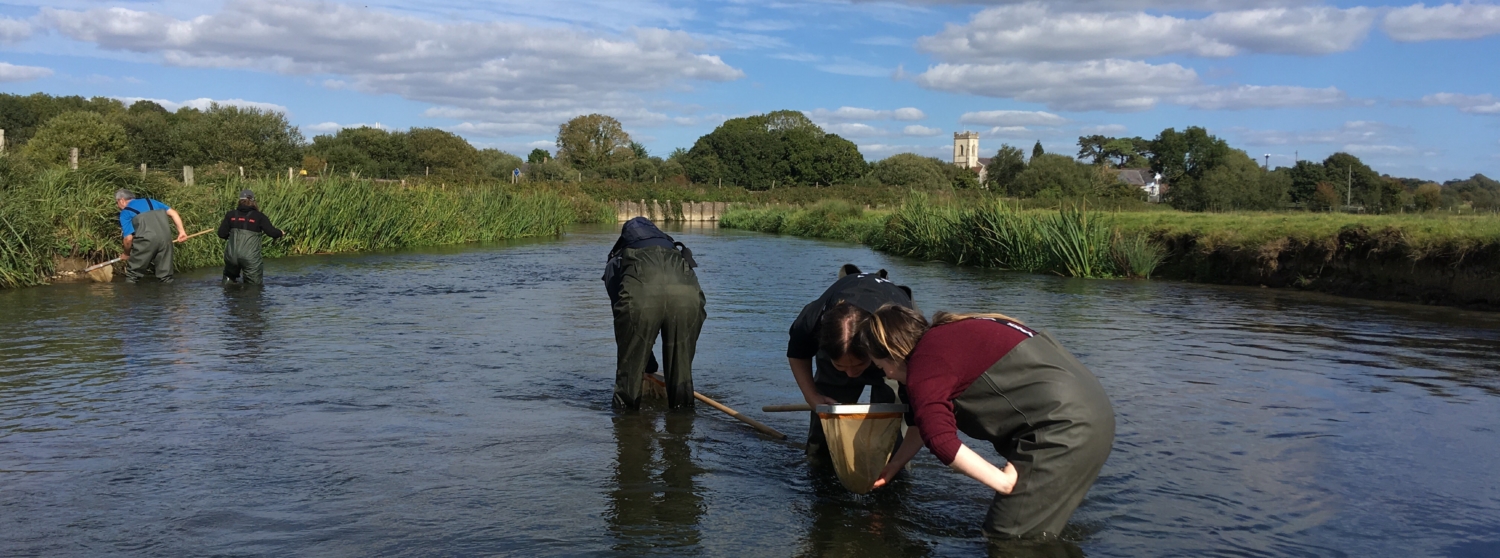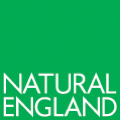Under UK biodiversity commitments, most rivers, streams, lakes and ponds are considered to be ‘priority habitats’ at some level. They form a critical part of our natural heritage and are under intense pressure from a range of human activities including human-induced climate change.
About Discovering Priority Habitats:
Our aim is to use citizen science driven data collection to assess the state of naturalness of our smaller and understudied waterbodies in England. Freshwater naturalness data can then be used to advise stakeholders where protection and restoration action is most needed.
Why assess naturalness?
Natural function is a key feature in identifying priority habitats because it generates a dynamic mosaic of high-quality freshwater, wetland, and terrestrial habitats within which each species has its niche. This includes rare habitats that are home to rare and threatened species. Freshwater habitats should therefore function as naturally as possible to support biodiversity and protect species that depend on these unique habitat mosaics. However, the UK has some of the most nature-depleted waterways in Europe, and centuries of artificial modification have greatly damaged the natural function of our freshwater ecosystems.
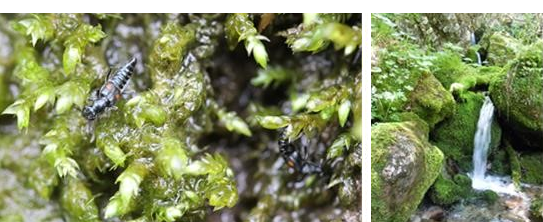
Discovering Priority Habitats aims to assess the natural health of waterbodies that are usually missed by other monitoring methods. This is done via ‘Freshwater naturalness assessments‘, a type of visual survey that evaluates how natural a particular watercourse is. Sites in good condition are considered during Natural England’s updates to the priority habitat maps, while sites in poorer condition have the potential to be directed into the ‘Restoration Priorities’ project for restoration action planning.
Project partners:
The project is funded by the Natural Capital and Ecosystems Assessment Programme (NCEA) and is delivered in partnership with Natural England and the Freshwater Biological Association. It forms part of the UK’s commitment to the International Convention on Biodiversity. Each country that signed up to the Convention must define a range of habitats (and individual species) where action is a priority to protect and restore biodiversity and then to take the necessary action. The UK’s list of priority habitats includes both river and lake habitats. Other parts of the UK have their separate approaches to conserving priority habitats as part of their biodiversity strategies.
Get involved in monitoring:
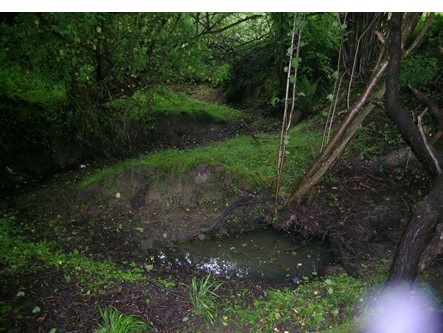
The current knowledge of our freshwater habitat network mostly relates to larger rivers and lakes because this is where the focus of water management activities has historically been. We know much less about our smaller rivers, streams, and small lakes, but we do know there are hidden gems in the landscape – natural habitats full of rare and crucial native wildlife. While some areas are more ‘natural’ than others, we want to know about all of our freshwater habitats whatever their state of naturalness so that we can inform restoration priorities. Click here to tell us about the sites you visit – don’t worry, you don’t have to be an expert to report your observations.
Get involved in action planning:
We need to know about the best local places to restore lost natural function to our rivers, streams and lakes so that they can provide the best habitats for our freshwater and wetland wildlife. Some need to have physical modifications removed, whilst others need natural water regimes restored, pollution reduced or non-native species controlled – many need a combination of these measures. Click here to find out how you can help identify the best places for restoring natural function and develop new maps of river/stream and lake restoration priorities that will feed into national strategies for recovering nature and improving the water environment.
Click here to learn more about practical river/stream and lake restoration and where you can get involved!



